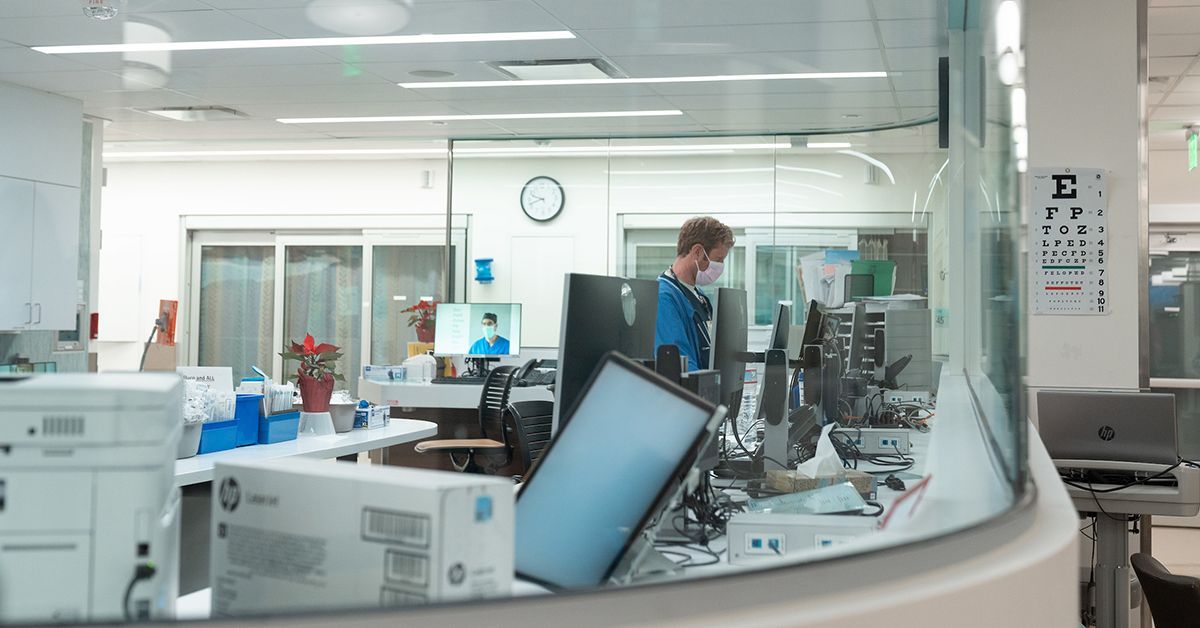In the US, sepsis affects at least 1.7 million individuals annually, and around 350,000 of them pass away from the deadly blood infection that can set off a potentially fatal chain reaction that affects the entire body.
Researchers at the University of San Diego School of Medicine published their findings in the journal npj Digital Medicine.
According to the research, the AI system called COMPOSER, which the researchers had previously created, reduced mortality by 17%.
Our COMPOSER model uses real-time data in order to predict sepsis before obvious clinical manifestations.
It works silently and safely behind the scenes, continuously surveilling every patient for signs of possible sepsis.
Co-author Gabriel Wardi, MD, chief of the Division of Critical Care in the Department of Emergency Medicine at UC San Diego School of Medicine.
Upon arrival to the emergency room, the algorithm starts tracking over 150 patient characteristics, including test results, vital signs, current medications, demographics, and medical history, all of which may be associated with sepsis.
If a patient exhibits many factors that put them at high risk of developing sepsis, the AI system will alert nursing staff using the hospital’s EHR. Following their review, the medical team and the nursing staff will decide on the best course of action.
These advanced AI algorithms can detect patterns that are not initially obvious to the human eye.
The system can look at these risk factors and come up with a highly accurate prediction of sepsis. Conversely, if the risk patterns can be explained by other conditions with higher confidence, then no alerts will be sent.
Co-author Shamim Nemati, PhD, associate professor of biomedical informatics and director of predictive analytics at UC San Diego School of Medicine.
The study looked at almost 6,000 patient admissions in the emergency rooms at Jacobs Medical Centre in La Jolla and UC San Diego Medical Centre in Hillcrest, both before and after COMPOSER was implemented.
It is the first study to show that using an AI deep-learning model—a model that employs artificial neural networks as a check and balance to safely and accurately identify health issues in patients—improves patient outcomes. The health care team reviews the identified complicated and numerous risk variables by the model for confirmation.
It is the first study to show that using an AI deep-learning model—a model that employs artificial neural networks as a check and balance to safely and accurately identify health issues in patients—improves patient outcomes. The health care team reviews the identified complicated and numerous risk variables by the model for confirmation.
It is because of this AI model that our teams can provide life-saving therapy for patients quicker.
Wardi, emergency medicine and critical care physician at UC San Diego Health.
Also Read| Retinas grown in the laboratory classify why dogs can’t see colours that humans can
After being turned on in December 2022, COMPOSER is currently being used in several hospital in-patient units run by UC San Diego Health.
The first academic medical system in the area, UC San Diego Health, is leading the way in AI health care. It recently announced the appointment of its first chief health AI officer and opened the Joan and Irwin Jacobs Centre for Health Innovation, which aims to create cutting-edge medical solutions.
The first academic medical system in the area, UC San Diego Health, is leading the way in AI health care. It recently announced the appointment of its first chief health AI officer and opened the Joan and Irwin Jacobs Centre for Health Innovation, which aims to create cutting-edge medical solutions.
Furthermore, the health system just started a pilot programme in which ChatGPT automatically generates more sympathetic message responses based on Microsoft’s generative AI integration with Epic, a cloud-based electronic health record system. This eliminates the need for doctors and carers to perform this extra step and frees them up to concentrate on patient care.
Integration of AI technology in the electronic health record is helping to deliver on the promise of digital health, and UC San Diego Health has been a leader in this space to ensure AI-powered solutions support high reliability in patient safety and quality health care.
Said study co-author Christopher Longhurst, MD, executive director of the Jacobs Center for Health Innovation, and chief medical officer and chief digital officer at UC San Diego Health.
Also Read| Researchers Discovered That Love Leaves a Mark On The Brain
Aaron Boussina, Theodore Chan, Allison Donahue, Robert El-Kareh, Atul Malhotra, Robert Owens, Kimberly Quintero, and Supreeth Shashikumar, all from UC San Diego, are co-authors of this work.
Source: UC San Deigo Today
Journal Reference: Boussina, Aaron, et al. “Impact of a Deep Learning Sepsis Prediction Model on Quality of Care and Survival.” npj Digital Medicine, vol. 7, no. 1, 2024, pp. 1-9, https://doi.org/10.1038/s41746-023-00986-6.
Last Modified







